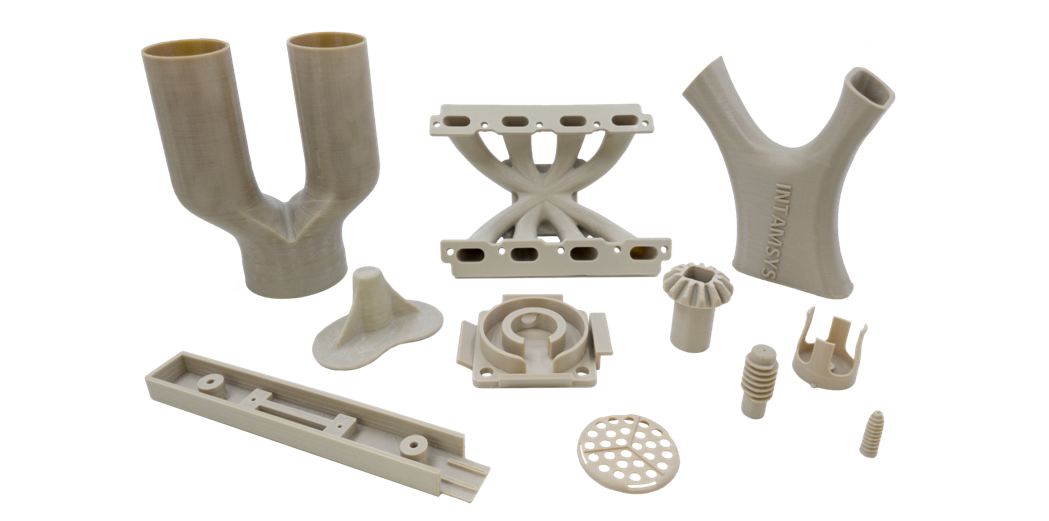Annealing
Annealing is a post-processing method applicable to different types of thermoplastic materials. With this process it is possible to notice an improvement in the properties of the material both from a thermal and mechanical point of view.
We focus on PLA2 (thermoplastics of the PLA family, with additives to resist high temperatures if heat treated) and on PEEK.
The heat resistance of PLA (Polylactic Acid) is low, basically the lowest of any other 3D printable thermoplastic polymer. PLA HT Fabbrix and BASF PRO1 are two particular PLA-based materials, printable with the same parameters as common polylactic acid, but with additives to resist very high temperatures (PLA2).
To understand what are the optimum temperatures and times for a complete annealing of the two materials, several tests were performed on specimens of different sizes and fillings.
The results are summarized in these tables:
Heat resistance
| Filling < 25% | Filling > 25% | |
| Annealing 30 Min. at 85/95°C | 115 °C | 145 °C |
| Annealing 60 Min. at 85/95°C | 120 °C | 155 °C |
Post-treatment deformations
| X | Y | Z | |
| Annealing 30 Min. at 85/95°C | 2% | 2% | Not Detected |
| Annealing 60 Min. at 85/95°C | 2.5% | 2.5% | -0.3% |
To avoid excessive softening of the material, it is recommended to place the product in an oven that is already hot, thus avoiding any thermal ramps.
How to limit deformations?
Due to the self-tensions generated during the printing process, the pieces subjected to annealing could undergo deformations. To limit them as much as possible, the piece can be placed in a suitable container and filled with sand.
The pressure from the sand will keep the piece from warping and will hold up any thin walls or protrusions. The insulating power of the sand will double the permanence times of the component to be treated in the oven.
If these elements are not available, it will be necessary to compensate for the withdrawal of the material during the slicing phase of the object, as indicated in the tables.
Given that the printing conditions influence the thermal characteristics of the piece, it is strongly recommended to carry out a test on a cubic sample by measuring its dimensions before and after the process: by making a ratio between the dimensions, you will obtain a parameter for each of them to be used as a dimensional multiplier in the slicer, before printing.
NOTE: we strongly advise never to attempt annealing in a gas furnace as the flames could melt or set fire to the item. Annealing must be done in an electric furnace. Once the oven is at temperature, place the parts and leave them inside for the indicated time without opening the oven door during the annealing.

As with PLA2, semi-crystalline thermoplastic PEEK also allows it to be heat treated.
In this case, however, the goal is different, namely to eliminate internal tensions due to the shrinkage of the part during printing and improve dimensional stability if on the piece subsequent mechanical processing must be carried out.
The PEEK annealing procedure, tested on Intamsys PEEK, consists of 4 steps:
1. Place the part in the oven and heat up to 150°C and hold the temperature for 30 minutes.
2. Heat the oven to 200°C and keep the annealing temperature constant for a time which depends on the thickness of the walls of the treated component. As an indication, consider 1 hour for each millimeter of wall thickness.
3. Let the component cool down to 150°C, decreasing by about 10°C per hour to avoid the formation of residual stresses.
4. Maintain the temperature at 150°C for 30 minutes and then turn off the oven.


